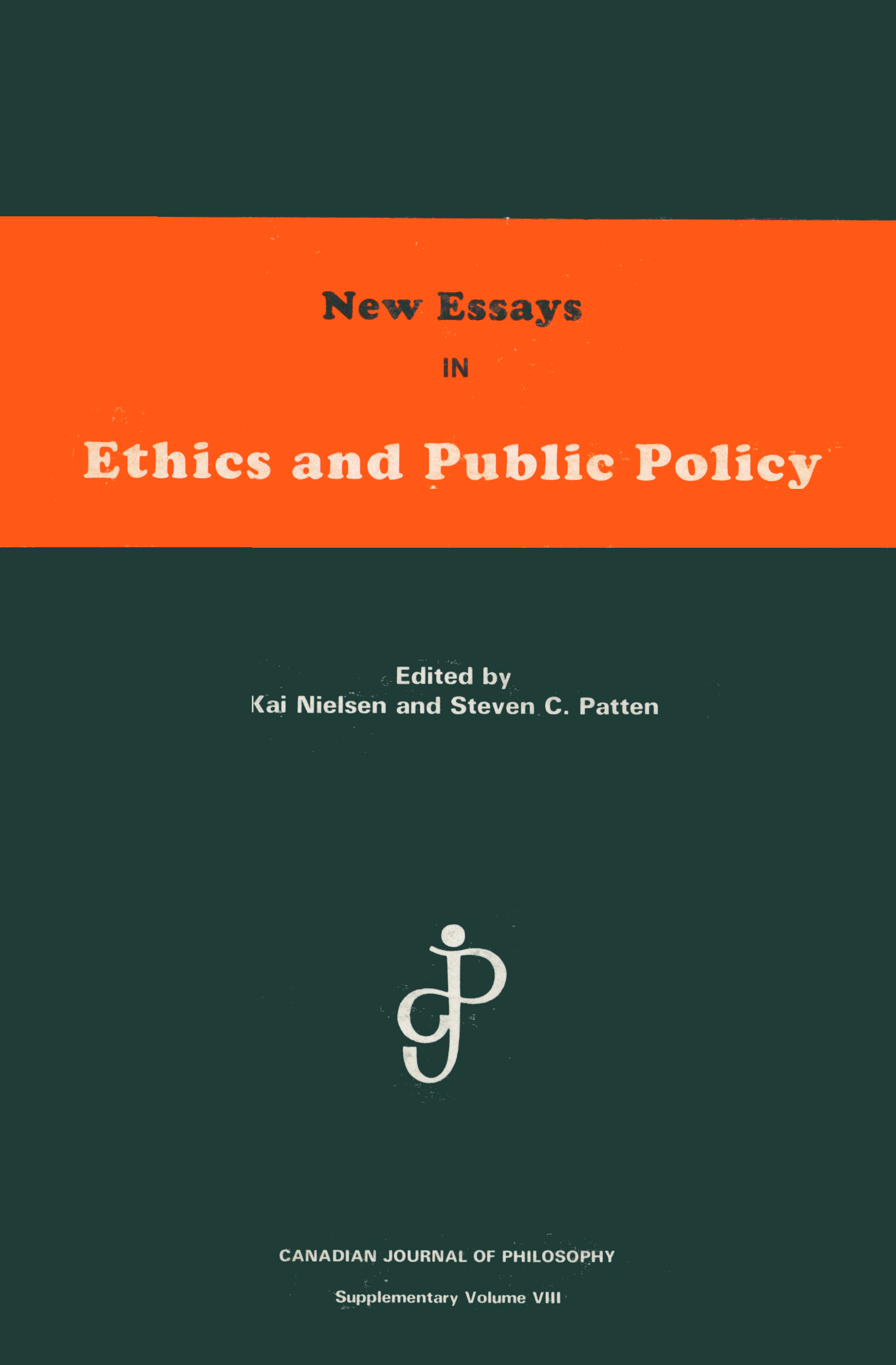Crossref Citations
This article has been cited by the following publications. This list is generated based on data provided by
Crossref.
Thompson, Evan
2008.
Representationalism and the phenomenology of mental imagery.
Synthese,
Vol. 160,
Issue. 3,
p.
397.
Gennaro, Rocco J.
2008.
Representationalism, peripheral awareness, and the transparency of experience.
Philosophical Studies,
Vol. 139,
Issue. 1,
p.
39.
Molyneux, Bernard
2009.
Why Experience Told Me Nothing about Transparency1.
Noûs,
Vol. 43,
Issue. 1,
p.
116.
Ogusa, Yasushi
2011.
What does the ‘Transparency of Experience’ Show about the Relationship between the Phenomenality and the Intentionality of Experience?.
Kagaku tetsugaku,
Vol. 44,
Issue. 1,
p.
17.
SCHELLENBERG, SUSANNA
2011.
Ontological Minimalism about Phenomenology.
Philosophy and Phenomenological Research,
Vol. 83,
Issue. 1,
p.
1.
Paul, Sarah K.
2014.
The Transparency of Mind.
Philosophy Compass,
Vol. 9,
Issue. 5,
p.
295.
Jacobson, Hilla
2015.
Phenomenal consciousness, representational content and cognitive access: a missing link between two debates.
Phenomenology and the Cognitive Sciences,
Vol. 14,
Issue. 4,
p.
1021.
Gow, Laura
2016.
The Limitations of Perceptual Transparency.
The Philosophical Quarterly,
Vol. 66,
Issue. 265,
p.
723.
Siegel, Susanna
and
Silins, Nicholas
2017.
The Structure of Episodic Memory: Ganeri's ‘Mental Time Travel and Attention’.
Australasian Philosophical Review,
Vol. 1,
Issue. 4,
p.
374.
Fortney, Mark
2019.
Conceptualizing intellectual attention.
Theory & Psychology,
Vol. 29,
Issue. 6,
p.
775.
Gow, Laura
2019.
Everything is clear: All perceptual experiences are transparent.
European Journal of Philosophy,
Vol. 27,
Issue. 2,
p.
412.
Schellenberg, Susanna
2019.
Perceptual Consciousness as a Mental Activity.
Noûs,
Vol. 53,
Issue. 1,
p.
114.
Zapero, David
2020.
Evans, transparency, and Cartesianism.
European Journal of Philosophy,
Vol. 28,
Issue. 3,
p.
685.
Tye, Michael
2021.
Vagueness and the Evolution of Consciousness.
Averill, Edward W.
and
Gottlieb, Joseph
2021.
Two Theories of Transparency.
Erkenntnis,
Vol. 86,
Issue. 3,
p.
553.
Ramm, Brentyn J.
2023.
Pure awareness experience.
Inquiry,
Vol. 66,
Issue. 3,
p.
394.
Block, Ned
2023.
The Border Between Seeing and Thinking.
Dewalque, Arnaud
2023.
On noticing transparent states: A compatibilist approach to transparency.
European Journal of Philosophy,
Vol. 31,
Issue. 2,
p.
398.
French, Craig
and
Phillips, Ian
2023.
Contemporary Debates in Philosophy of Mind.
p.
359.


